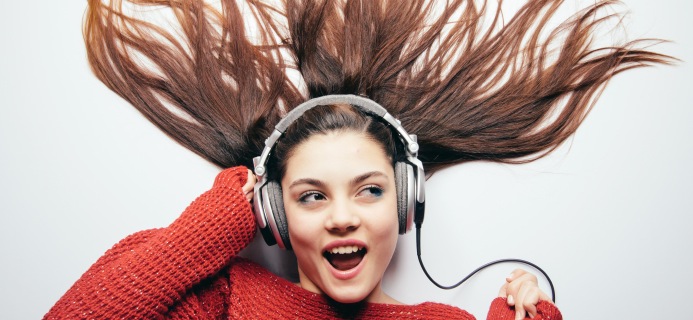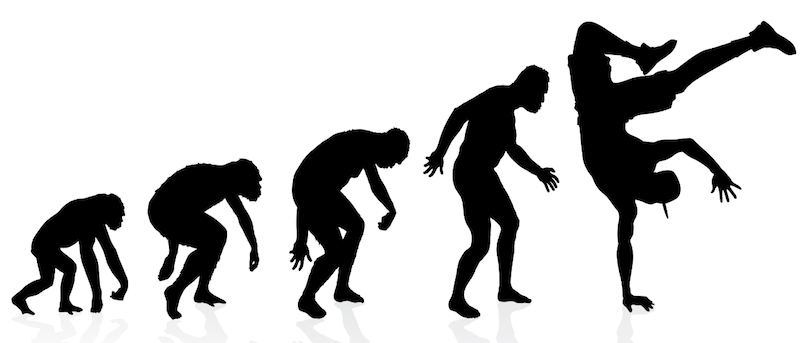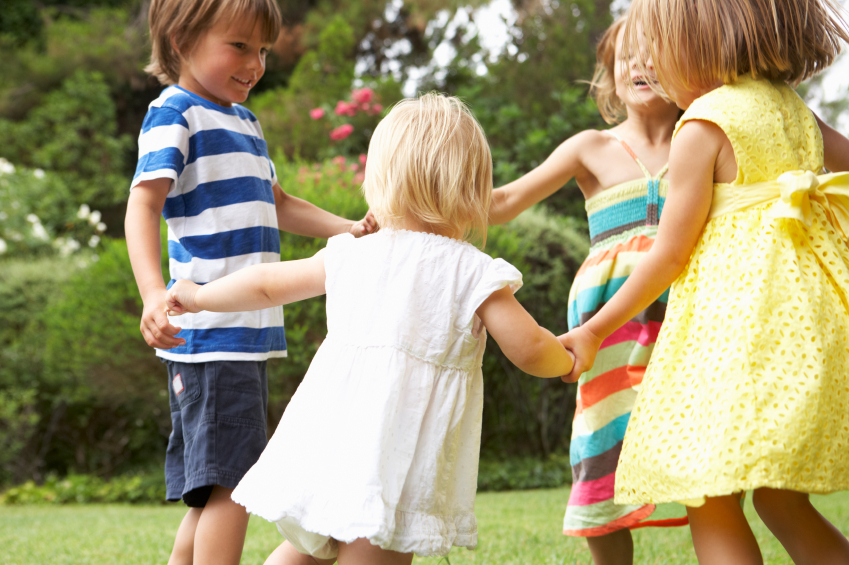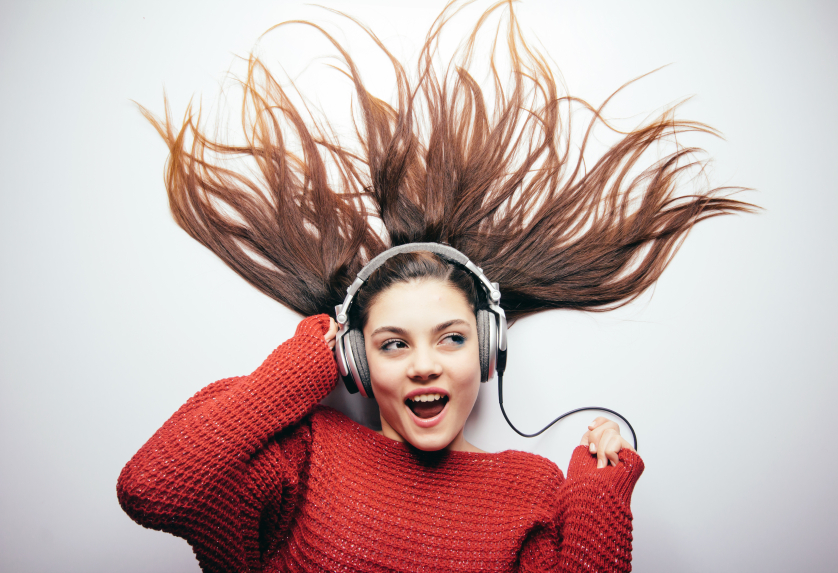When your favourite song comes on, do you find yourself dancing and swinging to the beat? Or would you rather do anything else in the world than dance around people? Kaitlynn Martin, a former ballet student and current dancing-enthusiast, investigates why some of us find dancing pleasurable, while others seem to stand their ground.
‘Why do you dance?’
The question was posed to me about ten years ago after I did a sequence of chaînés – tight turns common in ballet – across the dance studio’s floor in my hometown. Caught off guard and a little dizzy from the turns, all I could think of to answer was, ‘because it makes me happy and I’ve been dancing ever since I can remember.’
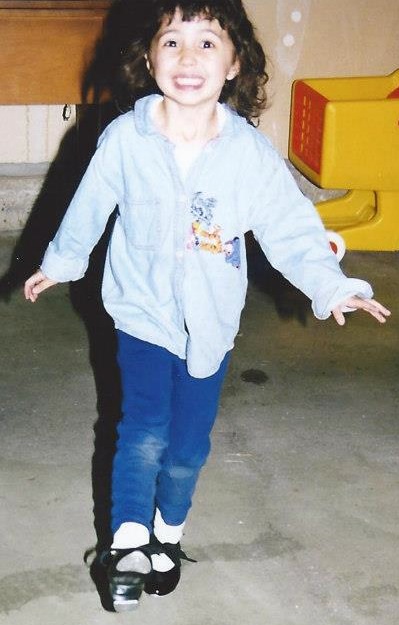
It’s true – if you start watching any of my parents’ home videos, it would only take a few minutes to find some footage of toddler-age me tapping my feet and twirling around the living room. Even to this very second, if Taylor Swift’s ‘Shake if Off’ comes on the radio I will be moving and grooving in no time. Some of my friends swear I must have choreography constantly running through my mind.
If Taylor Swift’s ‘Shake if Off’ comes on the radio I will be moving and grooving in no time.
But why do I dance? Why do any of us dance? I cannot think of any other movement that comes naturally and as automatically, even if it is just tapping your fingers or bobbing your head to the music. It’s not like all movement is cued by music, for example, as soon as you hear a song you don’t break out into a full on sprint. No, dancing is different, and I’ve known it from the start, but I never knew why.
How humans evolved to dance
If you find yourself drawn to the dance floor, eager to break out your signature ‘sprinkler’ move, you may want to give thanks to your long-lost ancestors during the Ice Age who weren’t afraid to get their groove on either.
Believe it or not, dancing wasn’t always just for fun and getting lost in the music. According to various studies, dancing was a means of survival. In prehistoric times, dancing was a main form of communication which later could influence potential mate selection.
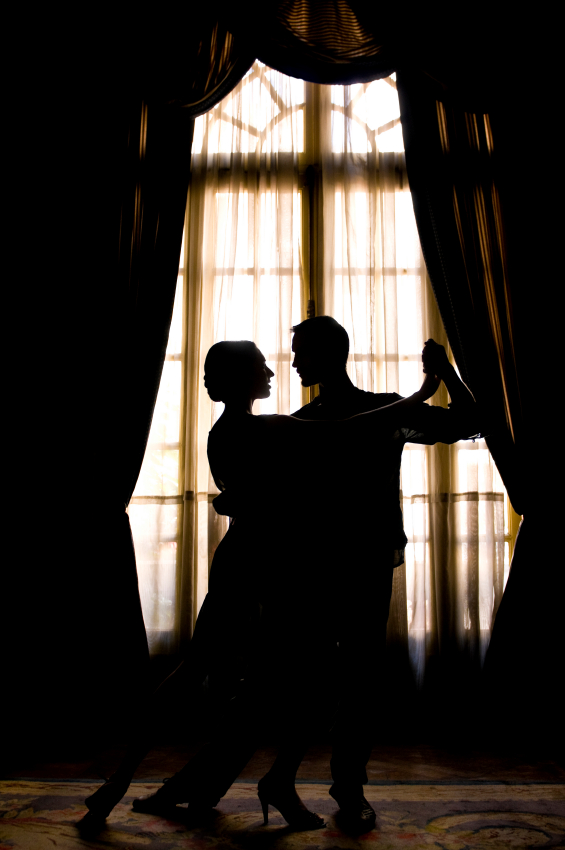
attracting a mate
Individuals who were more coordinated and rhythmically affluent often put themselves at an evolutionary advantage of attracting a mate and passing on their genes. It was survival of the fittest with a ‘so you think you can dance’ twist.
In prehistoric times, dancing was a main form of communication which later could influence potential mate selection.
When compared to the DNA of non-dancers, elite dancers were found to share two genes associated with higher social communication skills – complementing the theory that being a better dancer greatly affected an individual’s ability to communicate and form important bonds with others. This research was published in the American journal, Public Library of Science Genetics by psychology professor Richard P. Ebstein and his research associates at the Hebrew University of Jerusalem.
Busting the moves to attract a partner
Dancing to attract a mate may have been done over 1.5 million years ago, suggests Steven J. Mithen, an archaeologist at the University of Reading in the United Kingdom who studies the prehistoric life of Neanderthals – the close cousins of humans’ direct ancestors, homo sapiens
Dancing to attract a mate may have been done over 1.5 million years ago
In a 2006 article he told LiveScience, ‘Cooperation would have been essential for survival during the last Ice Age and this would have been facilitated by the social bonds that develop through communal dancing and singing.’
Were YOU born to dance?
You know the saying, ‘he/she was born to (sing/play guitar/draw)’? It’s a phrase that people say when they are truly impressed by someone’s talent or skill – but it couldn’t be more true when it comes to babies and dancing.
Indeed, babies are not skilled in technical rudiments of ballet or ballroom dancing, but they show a sure inclination to move to a beat
Indeed, babies are not skilled in technical rudiments of ballet or ballroom dancing, but they show a sure inclination to move to a beat – bringing up the question: are some of us predisposed or born to dance? Recent research by Marcel Zentner, a psychologist at University of York in England, took a deeper look at how/if even at a young age, children know how to dance.
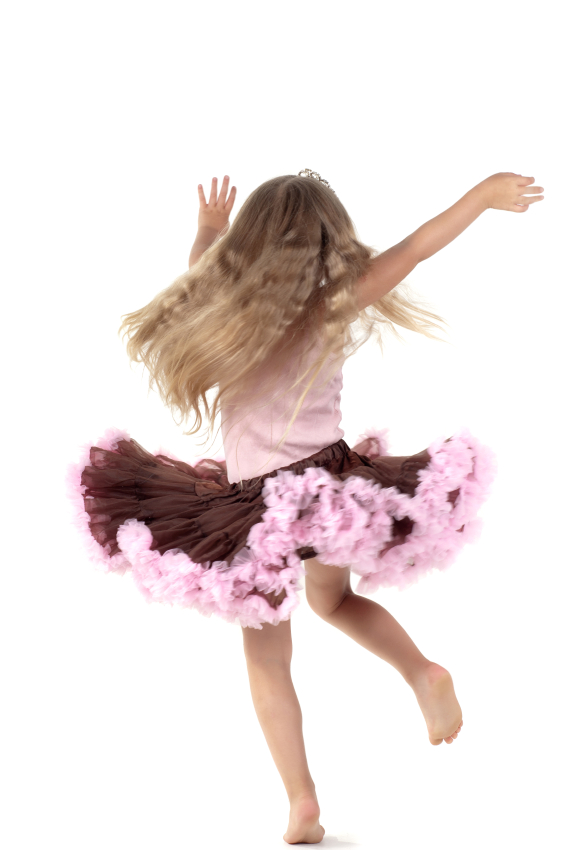
we react to music with movement
‘Humans have a unique ability to coordinate their motor movements to an external auditory stimulus, as in music-induced foot tapping or dancing,’ Zentner writes in his findings published in the journal Proceedings of the National Academy of Sciences. ‘This behavior currently engages the attention of scholars across a number of disciplines. However, very little is known about its earliest manifestations.’
Throughout the study, 120 infants from ages 5 months to 16 months, sat on their parents’ laps as they were exposed to a variety of audio stimuli. Classical music like the last movement of Mozart’s Eine Kleine Nachtmusik, a stripped down version of rhythmic beats, or a recording of a human talking, all played over a speaker as the infants’ movements and reactions were recorded on camera.
It was found that the infants responded more frequently and longer to the musical stimuli than human speech
After the footage was reviewed and analysed by psychology students and professional dancers, it was found that the infants responded more frequently and longer to the musical stimuli than human speech. Infants waved their arms, wiggled their toes and legs to the beat and elicited more emotional reaction like smiling when they heard the music with no encouragement from their parents.
Even the stripped down beats triggered a display of spontaneous movement.
‘The findings suggest a predisposition for rhythmic movement in response to music and other metrically regular sounds,’ Zentner writes. In other words, for the babies, dancing – or at least moving to the beat – was instinctive.
Although it remains uncertain why infants respond with such movements, one thing is for sure: from an early age some of us were ready to boogie.
How music makes you move
At least once in your life you’ve probably heard a song, drum break, bass drop, saxophone solo – what have you – and you couldn’t help but move. Now, you may have not have been pulling any funky-disco John Travolta steps, but couldn’t stay still anyway, whether that be tapping your foot or swaying your hips.
So does music have that much power over our dancing feet? Certainly you probably wouldn’t respond the same way to classical music opposed to some jazz rift – so is there a certain kind of music that can really get you moving in no time?
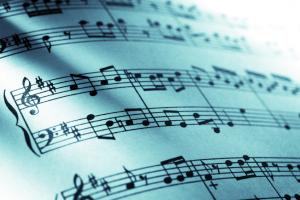
common in funk and hip hop
According to a 2014 study out of the University of Oxford, most people like their music served medium. Medium degree of syncopation, that is. Syncopation is an unexpected or varied change in the flow of rhythm, causing music to sound off-beat and laced with unpredictability. This can be found in popular pop songs such as Roar by Katy Perry, which offers medium syncopation in its chorus. Based on survey responses from participants of the study, music that is not too unpredictable or complicated in rhythms elicited a higher pleasure and desirability to dance.
Music that is not too unpredictable or complicated in rhythms elicited a higher pleasure and desirability to dance
This medium syncopation is often found in hip-hop, funk and electronic music. Such music is common at dance clubs or ‘party’ music because of how inclined we are to start moving to the bass drops and drum breaks.
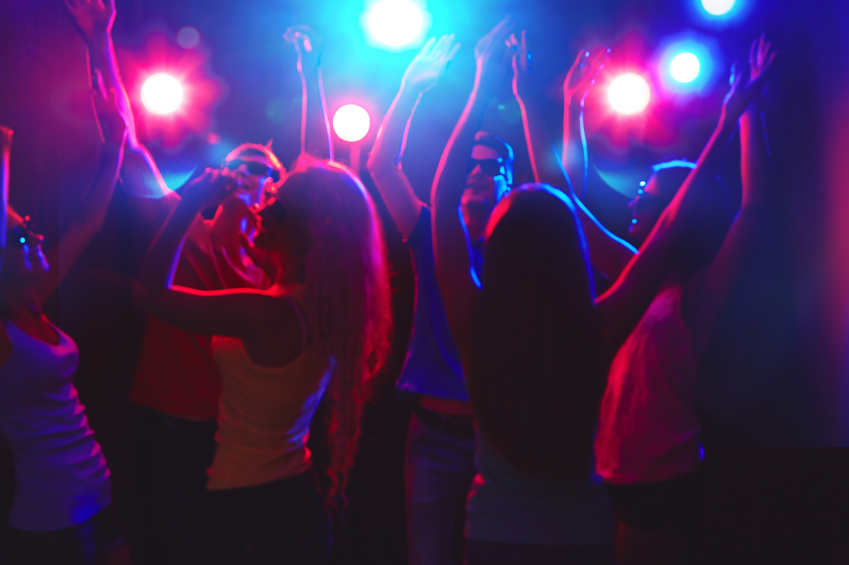
Syncopation is an unexpected or varied change in the flow of rhythm, causing music to sound off-beat and laced with unpredictability.
When listening to a song, you start to have expectations of what beats and rhythms will come next. According to the authors of the Oxford study, syncopation comes into play when what you expect doesn’t happen.
With a medium range of syncopation where some music expectations are being met while others are not, there is just enough complexity to the tune to release pleasure and motivate movement.
Next time you feel yourself nodding along or fist pumping to a tune, you now know you have music syncopation to thank.
Health benefits of dance
The term ‘happy feet’ may not be so far fetched when it comes to the benefits of dancing.
‘We know that certain types of dancing will give you endorphin kicks like any other exercise,’ said Dr Peter Lovatt, a principle reader and lecturer of psychology at the University of Hertfordshire and a previous professional dancer. ‘Some dances can be wonderful in increasing your mood, while others are contracting and decrease mood. There is an increase in vigor and energy from dancing as well as a decrease in anger and anxiety.’
What’s really behind your inhibitions
Dr Lovatt has been running the Dance Psychology Lab since 2008 where he and colleagues carry out research about dance health benefits – particularly related to Parkinson’s Disease – as well as looking for universal aspects of dance.
There is an increase in vigor and energy from dancing as well as a decrease in anger and anxiety, Dr Lovatt says
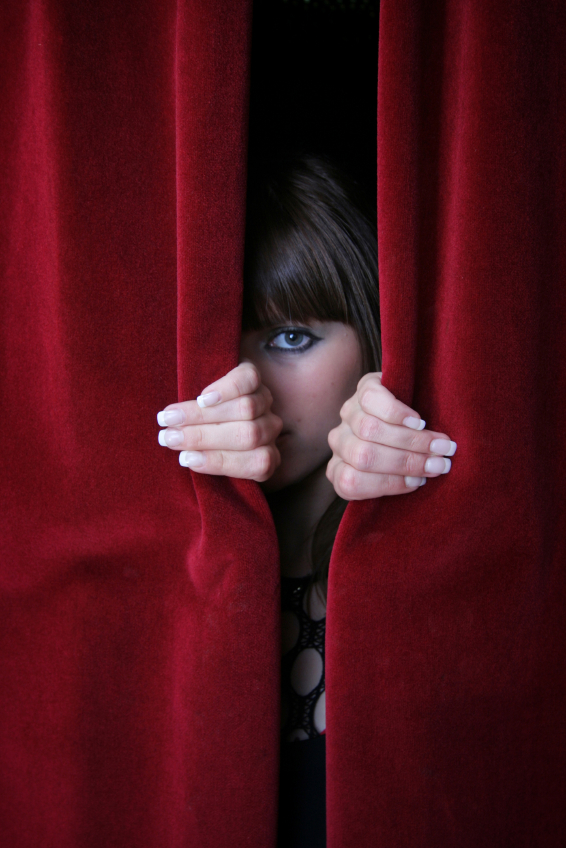
the desire to dance
‘I think people are born to dance. We are born with an innate ability to move to rhythm,’ Dr Lovatt said. ‘But then people claim to lose their ability to dance, but I think there are a lot of psychological reasons that make them feel like they’ve lost it.’
Some of those psychological blocks can come in the form of anxiety about movement, insecurity about body image, fears that they will look silly, or that too many people are watching.
Indeed, even though previous research has shown that the simple act of power posing or ‘vogueing’ in strong positions or merely dancing for 30 minutes can lessen the feelings of depression, it appears that not enough of us reap those benefits because we don’t have the confidence to bust a move and get our groove on.
dancing for 30 minutes can lessen the feelings of depression
‘We found that 14 year old girls have high confidence in moving and then it decreases in their later teen years,’ Dr Lovatt said. ‘When men reach 65 and older though, their dancing confidence has skyrocketed because they are no longer pea-cocking or looking for mates.’
Maybe then, when dancing is no longer testosterone-fueled it becomes pure – and often hilarious – ‘Dad dancing’. Certainly, ‘Mom dancing’ was hilariously parodied on The Tonight Show Starring Jimmy Fallon with First Lady Michelle Obama – and how true were those moves?
It seems pretty clear that dancing (whether we are born to or not) is something that we are inclined to do. As a form of prehistoric communication to attract mates, a mood booster or just an irresistible way to respond to music – dancing is a rare form of activity that is truly done because it makes you feel something – something amazing.
While rethinking my own answer to the question ‘why do you dance?’ I decided to ask Dr Lovatt, a previous professional dancer himself, what inspires him to move.
It wasn’t a conscious decision to dance, it came naturally – as if not dancing would be a loss within itself.
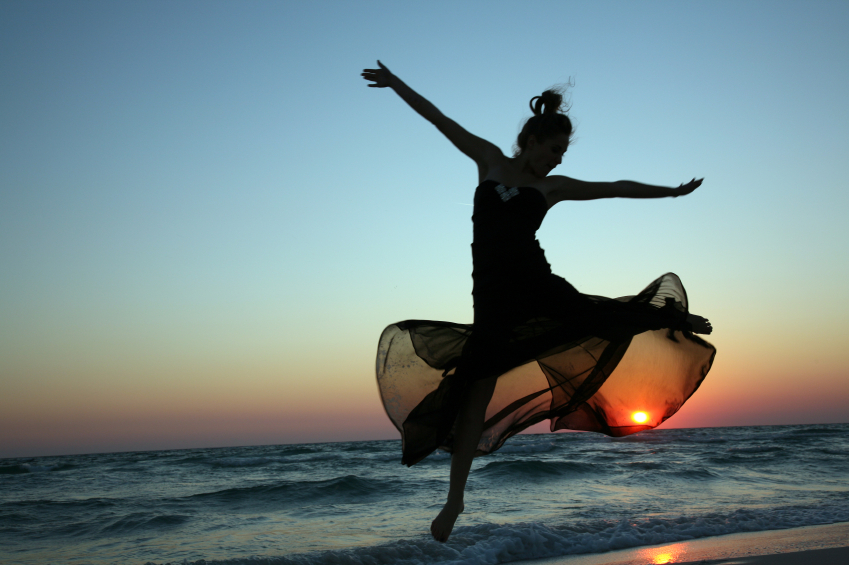
‘Dancing felt like the most natural thing in the world to me when I was young,’ he replied. ‘My parents weren’t theatrical or from a dancing background, but I would play music in my room and just dance around because it made me feel free.’
I couldn’t agree more. Dancing has always brought me a strong sense of freedom and it wasn’t a conscious decision to dance, it came naturally – as if not dancing would be a loss within itself.
Wherever you stand on the dance spectrum – a devoted groover like myself or a hesitant toe-tapper – don’t think too much about how you move or if you look silly doing so. After all, who cares if you look silly to others? They are probably not having half as much fun as you are.
Dr Lovatt put it best: ‘Explore dance as much as you can until you find something natural and freeing. Don’t give up because it can really light up your life.’
Like this article? Sign up to our newsletter to get more articles like this delivered straight to your inbox.



